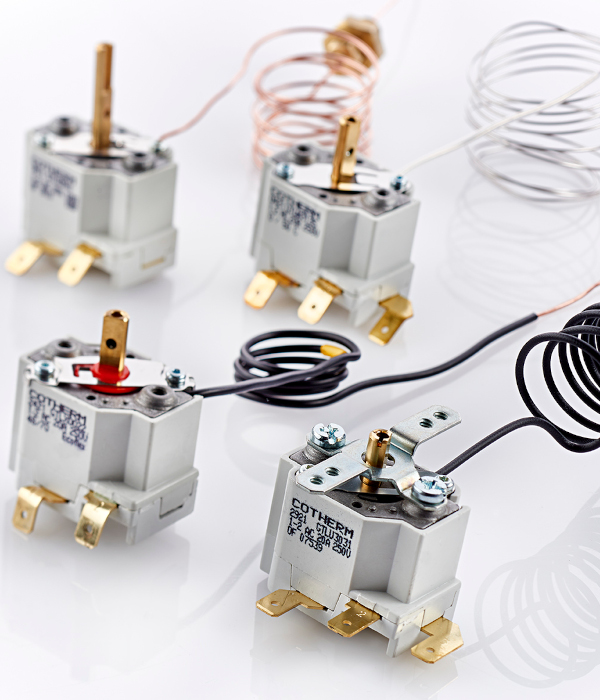I’m running out of hot water. What should I do?

The lack of hot water comes suddenly and always at the worst possible time!
A lack of hot water can have many causes. With a little investigation and a bit of method, you can carry out an initial diagnosis yourself and identify the source of the problem. You can then decide whether you need professional help to solve the problem.
Generally, your first instinct is to blame the hot water producer, i.e. the boiler or water heater. But this is not always the case!
1. Make sure there is electrical power
Before calling your water heater or boiler into question, you need to make sure that it has the correct electrical supply. To do this, you need to check that there is power to the product. This is usually indicated by lights or displays that indicate the presence of mains power. In all cases, check at the electrical panel that the circuit breakers are switched on (levers up).
Case 1: If there is no sign of a mains supply to your water heater, call in a professional electrician.
Case 2 : The levers on the circuit-breaker don’t stay in place. This indicates that there is a short circuit in the power supply to your water heater. This may be due to a water leak or a malfunction in one of the water heater components. The water heater needs to be checked. (See paragraph 3)
2. Make sure the hot water circuit is operational
Most water heaters or boilers contain a mixing valve. As its name suggests, the mixing valve mixes cold and hot water at the distribution point. To check that the hot water distribution circuit is operational, you need to set the mixing valve to 100% hot water (Caution: You may have a 40°C shut-off point. You need to unlock it). If the problem is in the mains, the hot water pressure will be lower than usual, or even non-existent (no water at all). You then need to check the hot water circuit (closed valve, blocked or crushed pipe, etc.). We then recommend that you call in a professional plumber.
3. Check the water heater itself
Once you have checked that the water heater has the correct electrical supply and that the hot water circuit is working properly, you can check the basic components of the water heater. In our case, the thermostat and the heating element. Ideally, you should be equipped with an ohmmeter to check the operation of each component and take photos of the connections at each stage, so that you can reassemble them correctly.
 CAUTION : The water heater is fitted with safety devices. It is essential to respect the original electrical wiring, otherwise there is a risk of non-conformity, which could lead to a safety defect and make the product unsafe for use.
CAUTION : The water heater is fitted with safety devices. It is essential to respect the original electrical wiring, otherwise there is a risk of non-conformity, which could lead to a safety defect and make the product unsafe for use.
To inspect the thermostat or heating element, the cover of the water heater must be opened. In all cases, before carrying out any work, make sure that you have completely disconnected the appliance from the power supply. If in doubt, call in a professional.
Once you are sure you have switched off the power, you can safely open the cover.
Check the water heater’s thermal safety device: All water heaters are fitted with a thermal safety device that switches off in the event of overheating. The safety device (whether or not combined with the thermostat) has a reset button, usually red with an ‘S’ or ‘Safety’ marking.
Once you have located it, check that the safety device is switched on. If it is not, reset it using a tool such as a flathead screwdriver.
Caution : Do not reset a safety device after it has overheated! This could damage the function. As we are dealing with a lack of hot water, this is probably not the case.
Check the operation of the thermostat: Access your thermostat under the water heater and remove it. The thermostat cover shows the electrical diagram. Set the thermostat set point to maximum and check the continuity of the circuits using an ohmmeter. If one of the circuits is open, you will need to replace the thermostat (Note: in the case of an electronic thermostat, contact a professional for diagnosis).
Check that the resistor is working: disconnect the thermostat from the resistor terminals. Then check the continuity of the resistor with an ohmmeter. If there is no circuit continuity, the resistor must be replaced. For more information see How do I maintain my water heater? – Cotherm
Conclusion :If after carrying out these checks you still have no hot water, call in a professional. They will be able to give you the best advice.
Product range
Control, Secure and Heat













